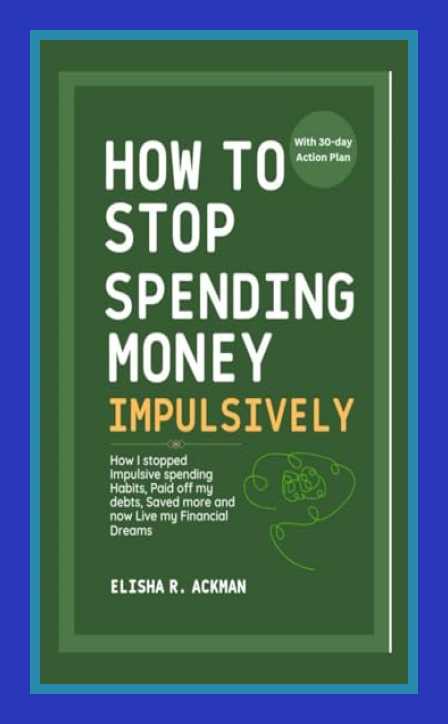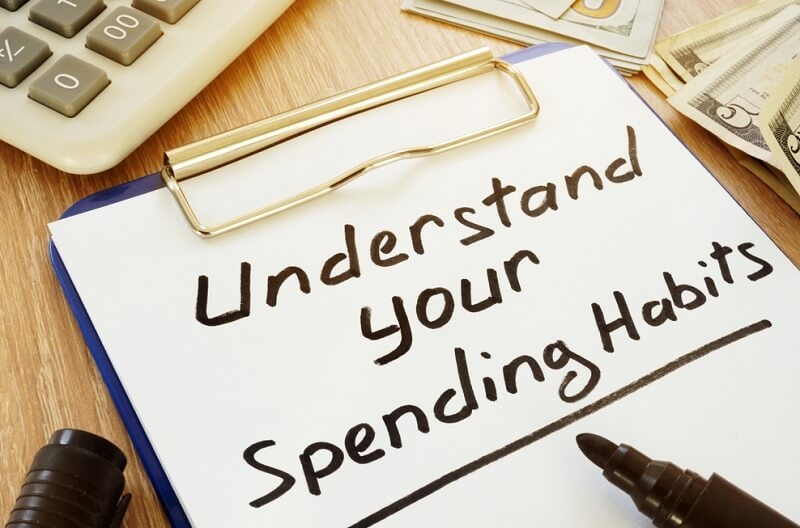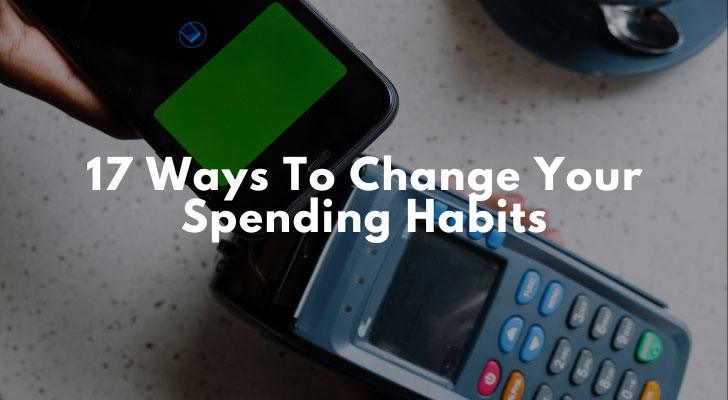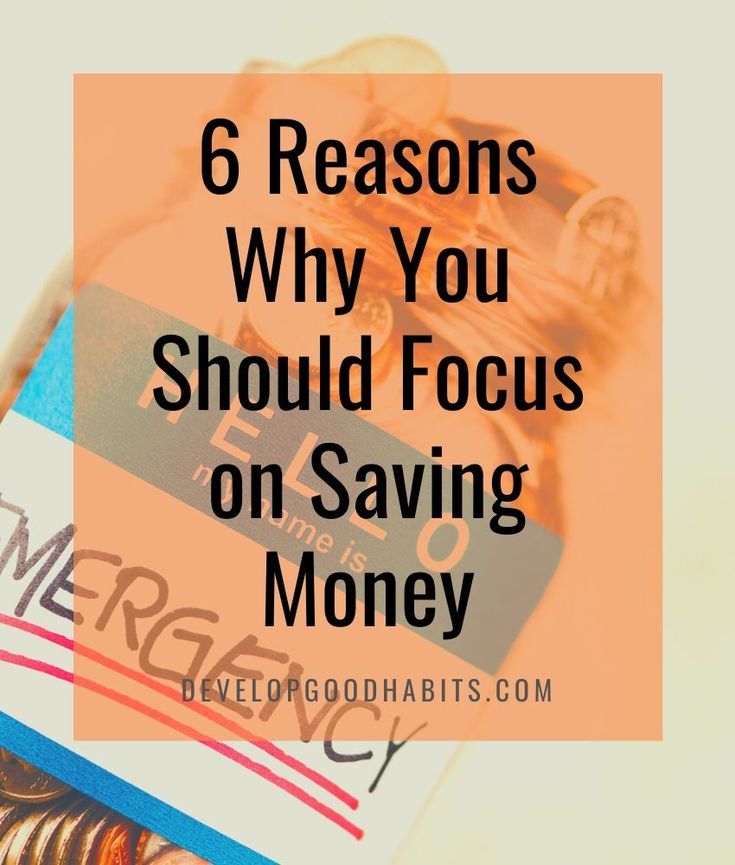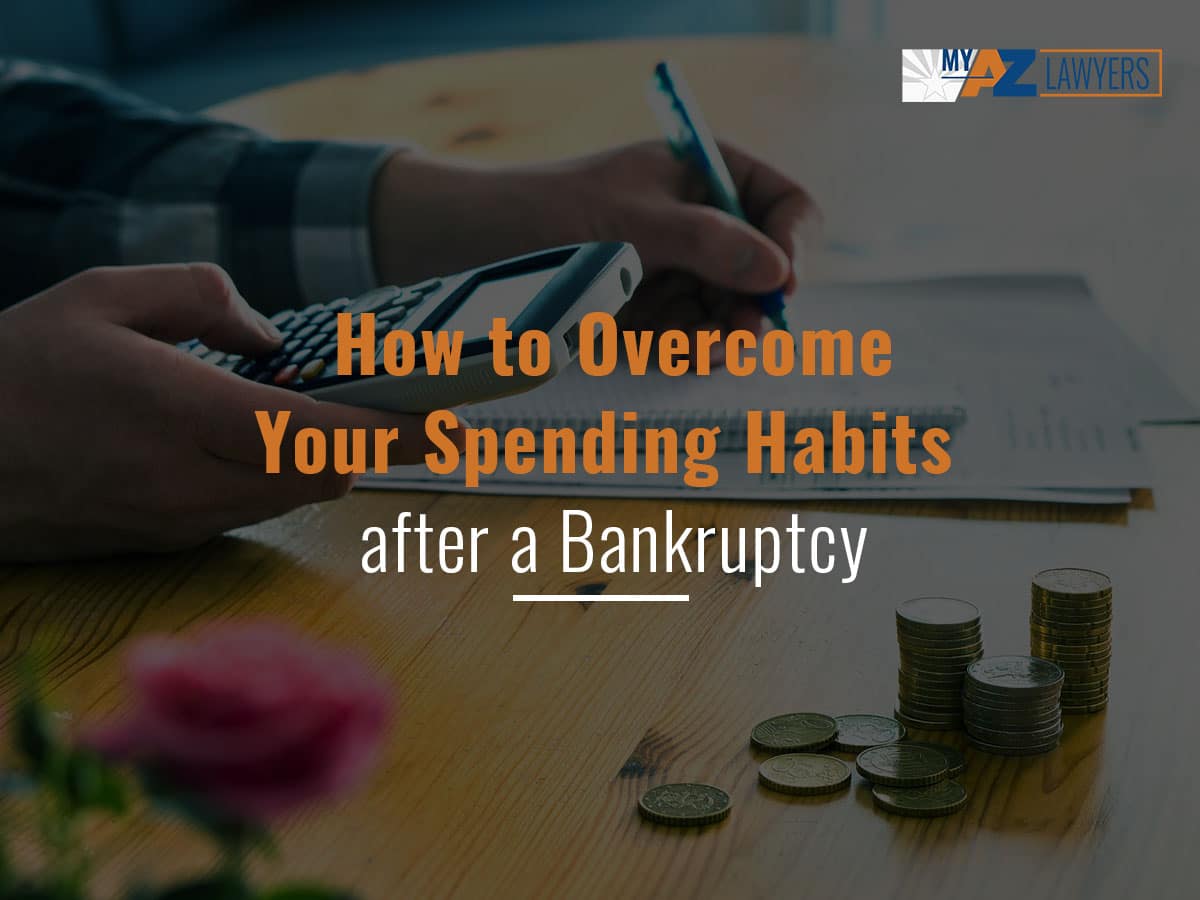How To Stop Spending Habits
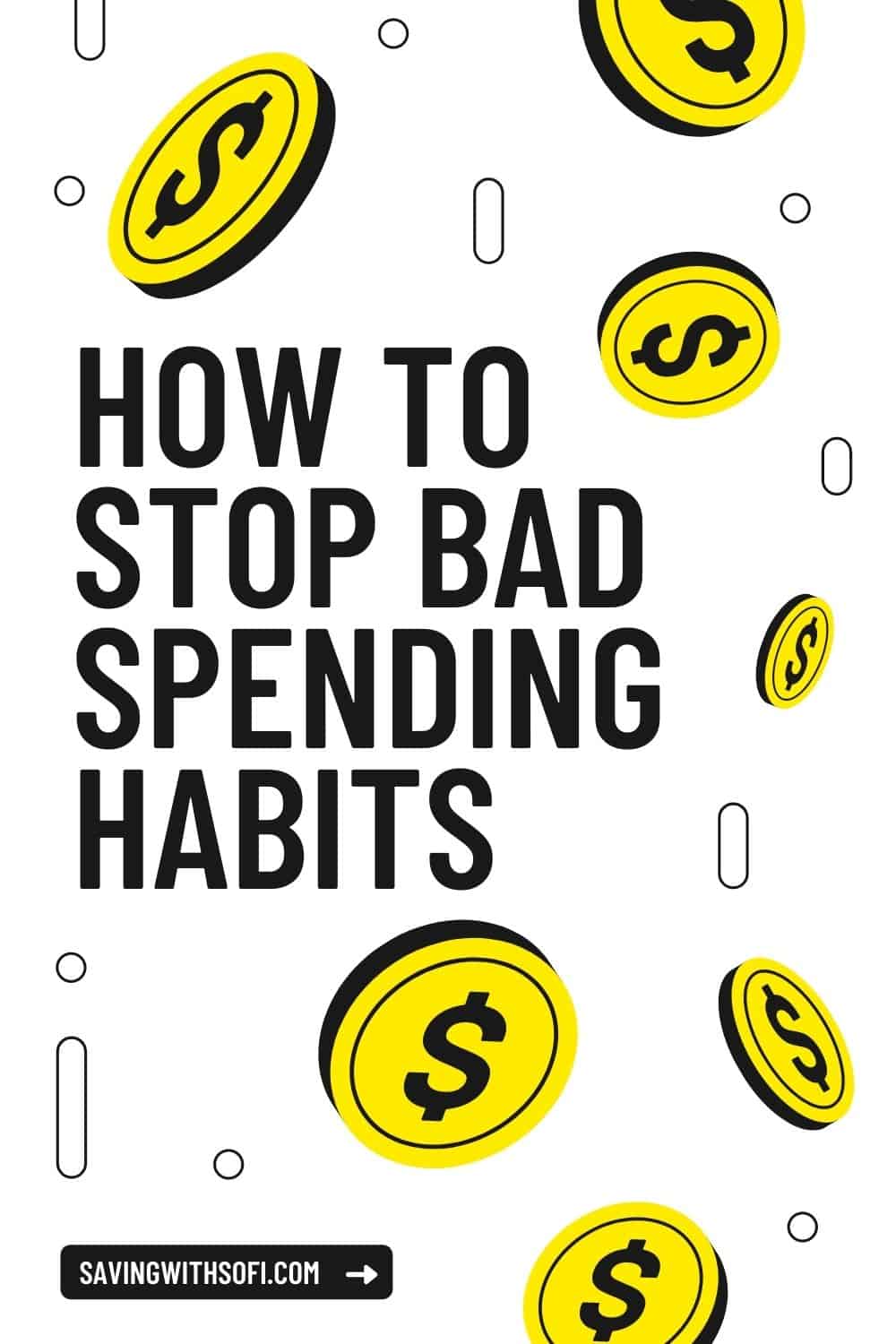
Are you a value-conscious shopper tired of seeing your hard-earned money slip away due to impulse buys and mindless spending? You're not alone. This article is designed for you, the discerning consumer who seeks practical strategies to regain control over your finances and cultivate healthy spending habits.
We'll dissect the psychology behind overspending, explore proven techniques for curbing impulsive behavior, and provide a curated list of tools and resources to aid you on your journey toward financial well-being. Our goal is to empower you with the knowledge and actionable steps needed to transform your relationship with money and build a more secure future.
Understanding the Roots of Overspending
Before diving into solutions, it's crucial to understand why we overspend. Often, it's not about a lack of willpower, but rather deeply ingrained psychological triggers and environmental factors.
Marketing tactics, emotional states, and social pressures all play significant roles in influencing our spending decisions. Recognizing these influences is the first step toward breaking free from their grip.
Common Triggers and Their Antidotes
Many people find themselves making purchases when they are stressed, bored, or feeling down. The temporary rush of buying something new can provide a fleeting sense of relief, but it's a short-term fix with long-term consequences.
Similarly, clever marketing campaigns that create a sense of urgency or scarcity can prompt impulsive purchases. Social media, with its constant stream of curated lifestyles and enticing products, can also fuel a desire to keep up with the Joneses, leading to overspending.
The key is to identify your personal triggers and develop alternative coping mechanisms. Instead of shopping when you're stressed, try going for a walk, meditating, or connecting with a friend. Unsubscribe from promotional emails and limit your exposure to social media accounts that trigger your spending impulses.
Strategies for Stopping Spending Habits
Here are several strategies to help curb those spending habits.
Creating a budget and tracking your expenses is fundamental. Several budgeting apps and websites can help you categorize your spending and identify areas where you can cut back.
The Envelope System is a time-tested method. Allocate a specific amount of cash for different spending categories (e.g., groceries, entertainment) each month and only use that cash. Once the envelope is empty, you've reached your limit.
The 30-Day Rule
Whenever you feel the urge to buy something non-essential, wait 30 days before making the purchase. This delay allows you to cool off and evaluate whether you truly need the item or if it's just an impulse buy.
Often, the desire will fade during those 30 days, saving you money and preventing buyer's remorse. This is a surprisingly effective technique for curbing impulsive spending.
Automate Savings and Investments
Set up automatic transfers from your checking account to your savings or investment accounts. By automating this process, you're essentially paying yourself first before you have a chance to spend the money elsewhere.
Even small, regular contributions can add up significantly over time. This is a simple yet powerful way to build wealth and achieve your financial goals.
Tools and Resources: A Curated Shortlist
Here are some popular apps and resources tailored to different needs and budgets:
- Mint (Free): A comprehensive budgeting app that tracks your income, expenses, and investments in one place. Excellent for beginners.
- YNAB (You Need A Budget) (Paid): A zero-based budgeting app that helps you allocate every dollar to a specific purpose. More advanced features and a steeper learning curve.
- Personal Capital (Free & Paid): Offers free financial dashboards and investment tracking tools. Paid services provide personalized financial advice.
Detailed Reviews of Budgeting Tools
Each tool offers a unique approach to budgeting.
Mint provides a user-friendly interface and automatic transaction categorization, making it easy to get a quick overview of your finances. However, some users find the transaction categorization to be inaccurate at times.
YNAB emphasizes proactive budgeting, requiring you to assign every dollar a job. This can be time-consuming but incredibly effective for gaining control over your spending. Personal Capital focuses on investment tracking and provides tools for retirement planning.
Side-by-Side Specs Table with Performance Scores
| Feature | Mint | YNAB | Personal Capital |
|---|---|---|---|
| Price | Free | Paid (Subscription) | Free & Paid |
| Budgeting | Excellent | Excellent | Good |
| Investment Tracking | Good | Fair | Excellent |
| Ease of Use | Excellent | Good | Good |
| Customer Support | Fair | Excellent | Good |
Practical Considerations
Choosing the right tools is only part of the equation. It's essential to find a system that aligns with your personality and lifestyle.
If you're new to budgeting, start with a simple app like Mint. If you're looking for a more in-depth approach, YNAB might be a better fit. Regularly review your budget and adjust it as needed to reflect your changing circumstances.
Key Takeaways
Overspending is often rooted in psychological triggers and environmental factors. Identify your personal triggers and develop alternative coping mechanisms.
Creating a budget, tracking your expenses, and automating savings are essential steps toward financial control. Consider using budgeting apps or the envelope system to manage your spending effectively. Remember, consistency is key.
Consider all the factors mentioned to make an informed decision. This includes the type of budgeting tool, strategies for changing your spending habits, and automate as much as possible to limit the amount of work for yourself.
Take Control of Your Finances Today!
It's time to take charge of your financial future. Implement the strategies and tools discussed in this article to curb your spending habits and build a more secure financial foundation.
Start small, be patient with yourself, and celebrate your progress along the way. The journey to financial freedom begins with a single step.
Frequently Asked Questions (FAQ)
Q: What if I slip up and overspend?
A: Don't beat yourself up! It happens to everyone. The important thing is to acknowledge the mistake, learn from it, and get back on track as soon as possible.
Q: How long does it take to break a bad spending habit?
A: There's no magic number, but consistency is key. It can take anywhere from a few weeks to a few months to develop new, healthier spending habits. Be patient and persistent.
Q: What if my partner has different spending habits than me?
A: Open communication and compromise are crucial. Discuss your financial goals and values with your partner and work together to create a budget that works for both of you. Consider seeking professional financial advice if needed.
Q: Is it really possible to enjoy life without spending a lot of money?
A: Absolutely! Many free or low-cost activities can bring joy and fulfillment, such as spending time in nature, pursuing hobbies, and connecting with loved ones. Shifting your focus from material possessions to experiences and relationships can lead to a more meaningful and fulfilling life.



